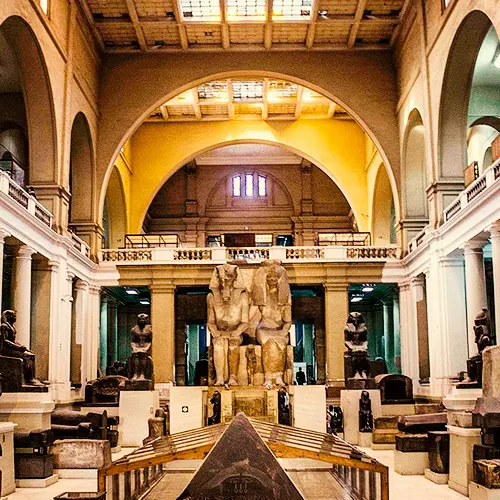
Tell El-Amarna lies in Al Minya Governorate on the east bank of the Nile River. It is also called Akhetaten. It was the capital of ancient Egypt during king Akhenaten or Amenhotep IV period in the eighteenth dynasty.
The history of Tell El-Amarna city After king Amenhotep IV become the ruler in the 18th dynasty, he believed in the god Aten (the solar disk). But the god Amun was the main god of Egypt in that time.
- He changed his name to be Akhenaten, meaning effective for the god Aten.
- He transferred the ancient Egyptian capital from Thebes to a new place, where no god was worshiped before to establish his new town, Akhetaten, meaning the horizon of Aten.
When king Akhenaten constructed Akhetaten, he surrounded it with official boundary stelae to determine the borders of the city.
After king Akhenaten, this city had been deserted, and the priests of Amun reopened temples and returned the cults as old age.
- He announced the god Aten, the main god of ancient Egypt, eliminated other gods, and closed temples. Aten took the shape of the solar disk with human hands holding (Ankh) sign referring that Aten god giving life to humans.
The origin of the name Tell El-Amarna The name Amarna comes from the Beni Amran tribe living in the area, which founded a few settlements.
This site should be distinguished from Tell Amarna in Syria, a Halaf period archaeological tells.
Let’s go on a tour in Tell El-Amarna Tell Al-Amarna city contains several attractions back to the Amarna period as the royal palaces and tombs and tombs of high officials as Hoya, Ahmos, Meriri, and Maho. All of these sightseeing depict a new type of art called Amarna art.









